"Research" by International Curators: "National Center for Art Research International Symposium and Workshop 2023" Report #3
Workshop view Photo: Ken Sengoku (.new)
The National Center for Art Research (NCAR), which aims to be a new hub for promoting art in Japan with the mission of "Connecting, Deepening, and Expanding the Art," held the "National Center for Art Research International Symposium 2023—Museum and Research: What does it mean to 'deepen' art?" at the National Art Center (Nogizaka, Tokyo) on March 22, 2024.
Four workshop sessions featuring curators, artists, and experts were held from March 21 to March 22 prior to the symposium. This article reports on "Session 3: Curatorial Session," where the necessary research for international exhibitions (such as biennales) was presented and discussed from the perspective of curators. The session began with presentations by the moderator and two panelists, followed by discussions.
◎ Panelists:
Su Wei (Curator/Art Writer)
Abhijan Toto (Curator/Artist/Art Writer)
◎ Moderator:
Hallie Ayres (e-flux/Curator of Shanghai Biennale 2023)

Hallie Ayres: Using the Theme of Shanghai Biennale 2023 "Cosmos Cinema" as an Example
The first presentation was given by the session's moderator, Hallie Ayres. The "Shanghai Biennale 2023," curated by Anton Vidokle, the founder of the online art journal "e-flux," established in 1998, was held under the theme of "Cosmos Cinema." The presentation introduced the research and background behind how "cosmos" representing order and harmony relates to "cinema."
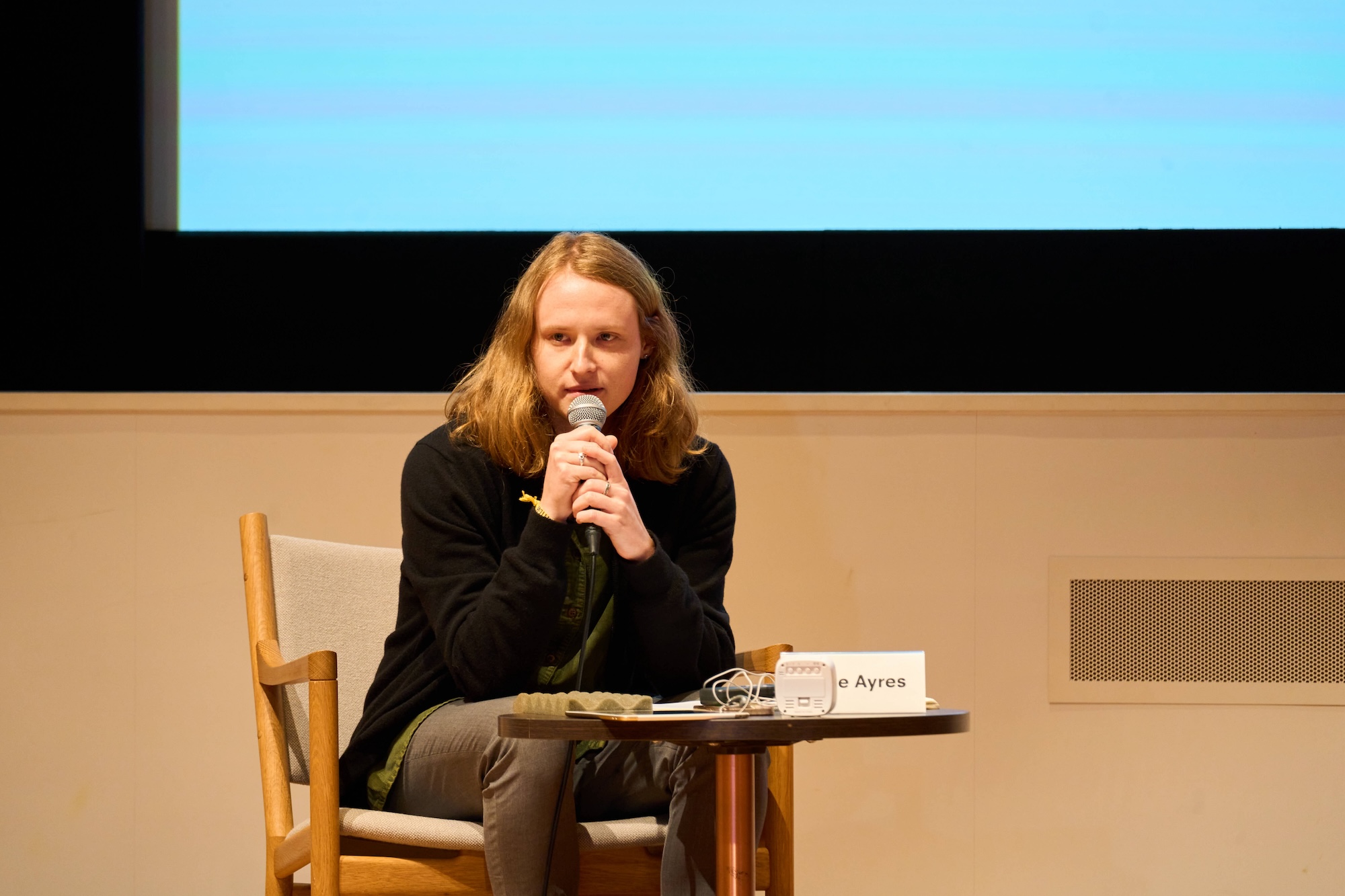
The power of the cosmos is intertwined with all life activities on earth, and deepening understanding and expanding imagination should provide clues for humanity to coexist with various challenges. The consciousness shared by Vidokle, who has long been researching the cosmos and cosmism, and curators, including Ayres, served as the starting point for the project.
Upon researching Shanghai, it was discovered that in the year following the announcement of the first film in history in 1896, the Lumière Brothers, the pioneers of cinema, sent a cameraman to Shanghai to attempt filming. By 1899, an environment for regular screenings had emerged. The film industry was born in Shanghai in the earliest days of film history and developed as entertainment. Ayres emphasized the importance of researching films through words left by film theorists.
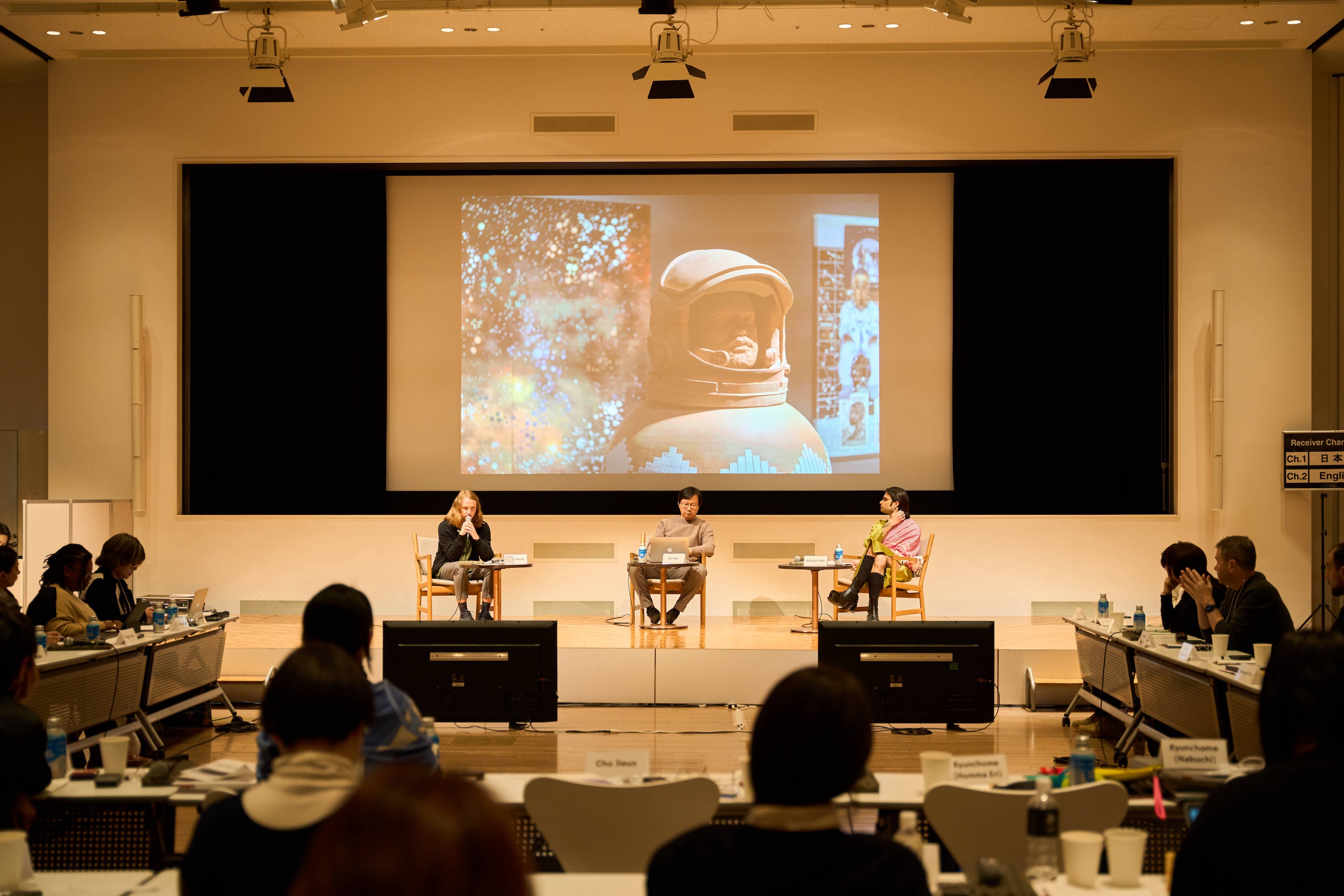
"Film director and theorist Alexander Kluge has spoken about how the universe, much like a film, contains the traces of all past events as paths of light. Another film theorist, Andrea Bazan, has stated that film is still underdeveloped and holds boundless potential. In other words, the film encompasses perspectives of both the past and the future."
To avoid falling into narrow definitions of "Cosmos Cinema" and focusing solely on science fiction or futuristic visual works, Ayres aimed to curate a diverse selection that introduced how humans understand and relate to the universe from various perspectives. Artists who could evoke the sense of cosmos from various angles were gathered, including Spanish sculptor and painter Jorge Oteiza, well-known figures in Japan such as Ilya & Emilia Kabakov and Carsten Nicolai, Liam Gillick, and Japanese writers such as Tatsuo Kawaguchi, Takashi Makino, and Yuriko Sasaoka.
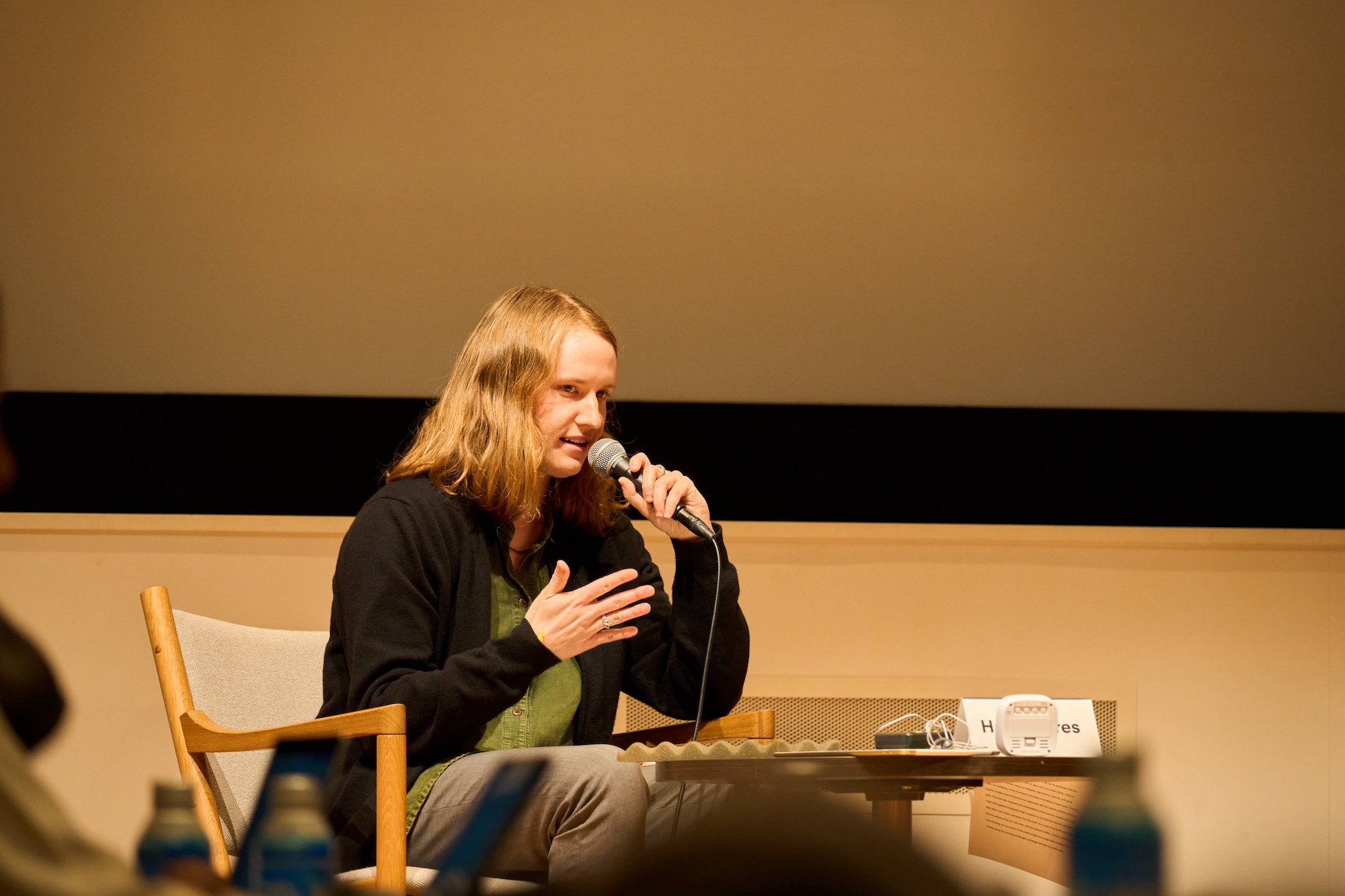
Su Wei: Investigating the Beginning of Chinese Contemporary Art
Beijing-based Su Wei introduced recent projects in which he had been involved to demonstrate the situation of contemporary Chinese artists. The theme of his research was "When was Chinese contemporary art." While there is a theory that it emerged in the late 1980s when China's complex modernization began, Su Wei does not fully agree with it. Through research over the past few years, he has hypothesized that the thinking and art practices from the era dominated by socialist realism from 1949 to 1979 continue to influence contemporary Chinese art, especially in the context of China's detachment from the global context, particularly since COVID-19.

How can this connection be expressed and the history of Chinese art reconsidered? Creativity-backed perspectives become necessary. Su has curated exhibitions based on research. The first one he introduced in the presentation was "Community of Feeling: Emotional Patterns in Art in Post-1949 China," held at the Inside Out Museum in Beijing in 2019. Su supplemented research from the 1950s to the 1970s with his interpretation and imagination.
During an era when socialist realism dominated not only visual arts but also literature, theater, and music, Su conducted research focusing on whether the coexistence of collectivism and individual privacy was possible during that time and whether artists were reflecting on it. In the early 1960s, when political pressures were relaxed, some artists could express themselves privately without being engulfed by socialist realism. Works from that time were found in the hands of Chinese studies researchers in Yugoslavia and the Soviet Union. However, as Mao Zedong pushed forward with the Cultural Revolution, the expression of Chinese artists became a tool to declare Chinese methodologies and ideals overseas. Su presented "unconscious socialist realism" in art through an extensive collection of materials and works.
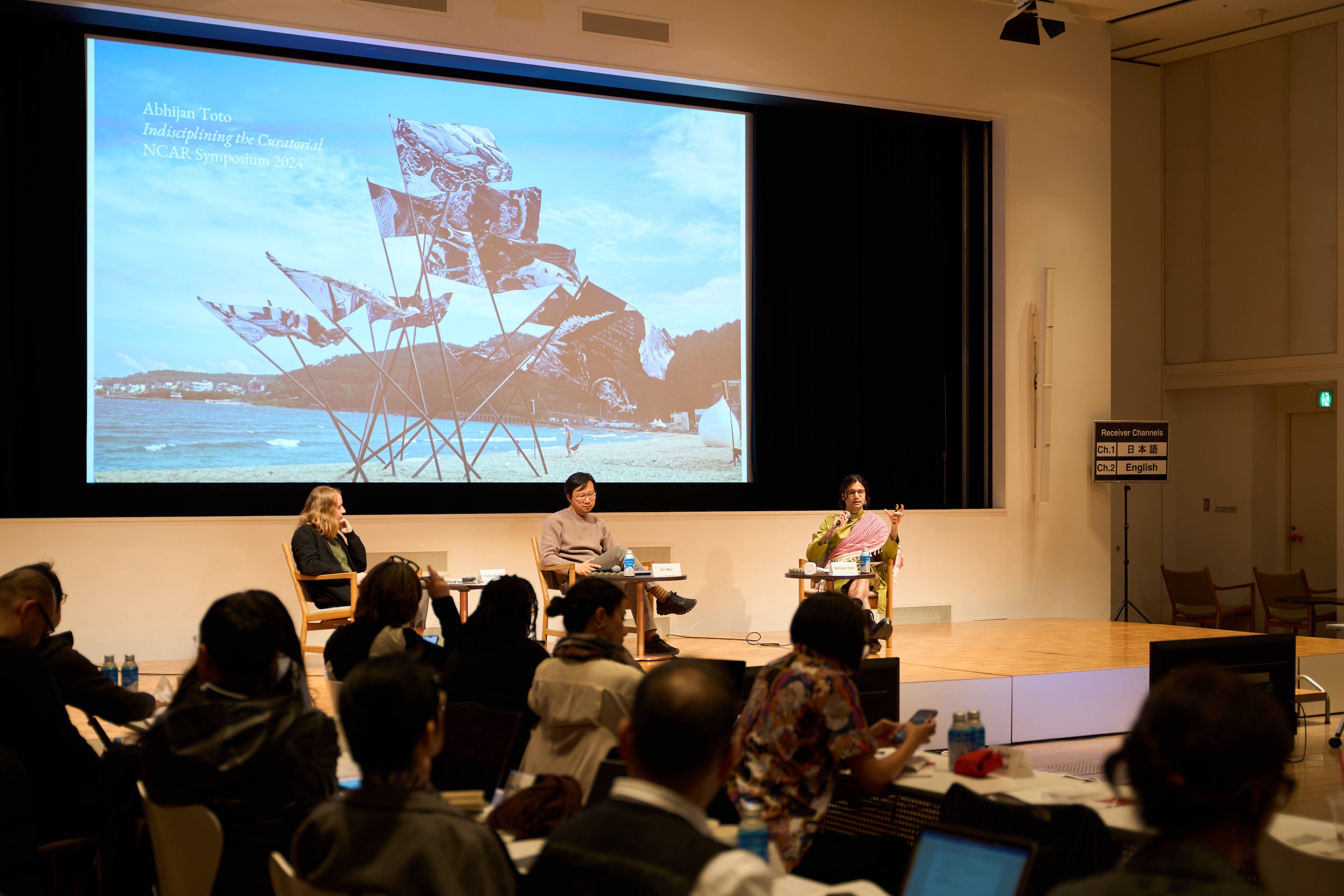
In addition, Su discussed research on conceptualism in Moscow during the Soviet era by Boris Groys, an analysis of lyrical expression in Western conceptualism by Jörg Heiser, and other research on other countries, attempting to interpret contemporary Chinese art from various angles.
Abhijan Toto: Resisting Traditions That Deprive Weak People of Life and Land
Abhijan Toto's involvement in art activities in India began with their participation in student movements against the "fascist regime," as they describe the Modi government. While engaging in the protests, they thought conducting activities through artistic and curatorial approaches might function socially.
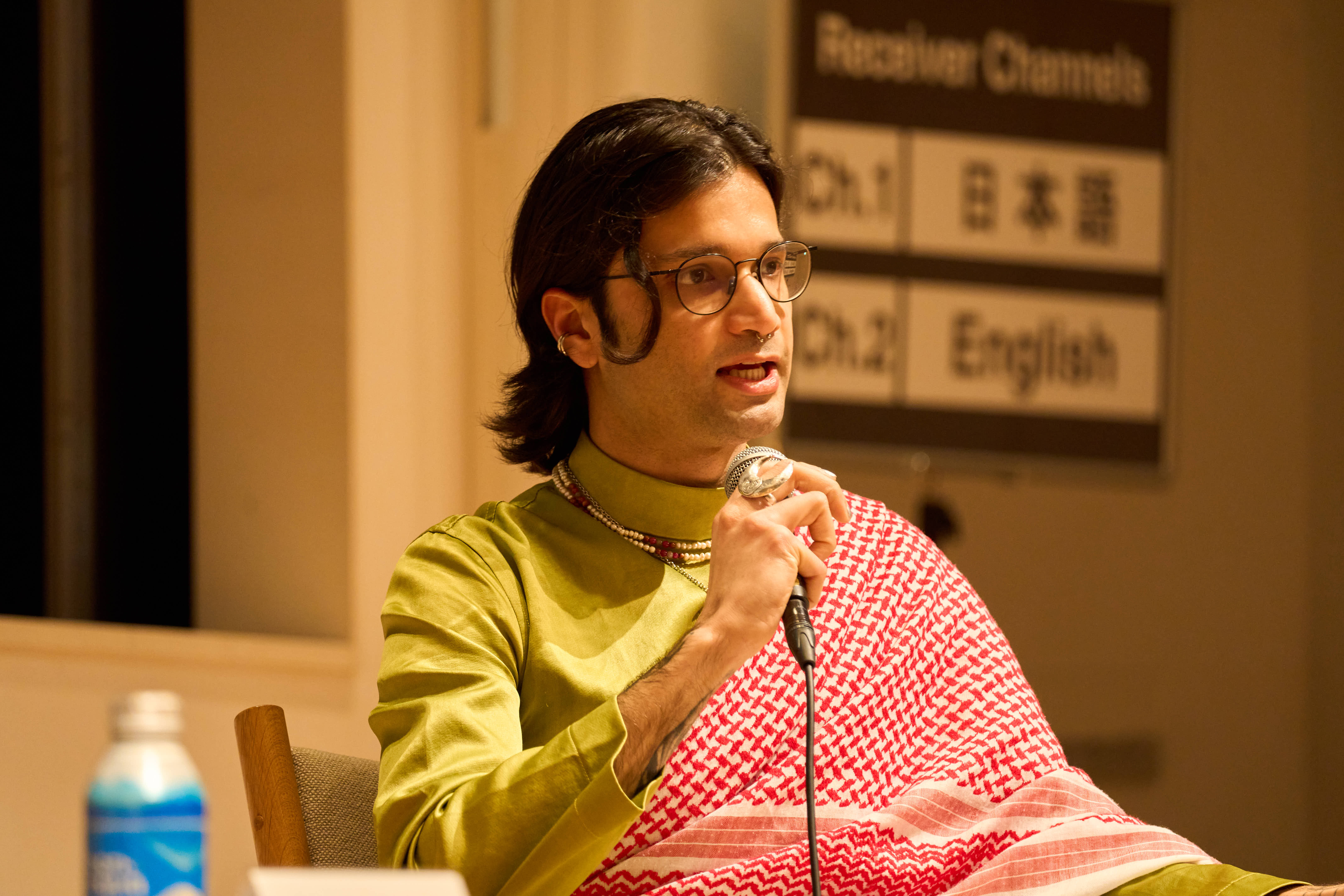
"What I emphasize is an indisciplinary approach. Instead of compartmentalizing fields into art and science, can we have a broader philosophical consciousness and interact with the world beyond the boundaries of fields? The goal is to expand possibilities, so I believed that sexual minorities like me could form relationships with many people and share a stance of facing the world's problems."
Toto also introduced "The Exhaustion Project," which they curated. Having experienced spending days in armed student movements, sometimes feeling threatened by the police, Toto believed that fatigue stems from the finite nature of the body and that its limits make one feel lonely. Drawing inspiration from Indian rituals, in this project, participants surrender themselves to each other, moving and sharing the diversity of bodies and fatigue, thus realizing connections beyond ideological distinctions.

For Toto, who identifies as queer, uncritically participating in traditional rituals had been difficult because so much of traditional ritual form is tied to the caste system. However, they realized the richness of Indian traditions (though separate from whether he wanted to inherit them). There are various aspects to consider, such as caste and regional restrictions in India. Insights from diverse perspectives and research into living realities led to the project's starting point.
Feeling the limitations of continuing their research and expression in India, Toto moved to Bangkok, where demands for true democracy were growing amid the military regime. Deeply moved by the fact that minorities, including sex workers, transgender, and queer people, were fighting for their rights and that young people, including teenagers, were speaking out for change, Toto created the "A House in Many Parts" festival to express the coexistence of diversity and to bring together artists of all genres and backgrounds. The festival was held in 2020 with the support of the Embassy of France in Thailand and the Goethe-Institut Thailand. Toto concluded by sharing their motivation for continuing curatorial research.
Since the 17th-century Treaty of Westphalia, the world still carries on the tradition of powerful empires expanding their colonies and taking away the lives and lands of vulnerable people. Toto believes we need to use our imagination, confront old mindsets, and find new ways, and they believe that art can play an important role in this process.
Discussion
Moderated by Hallie Ayres, the second half of the discussion focused on questions of balancing research in local and global contexts and ensuring that the exhibition is site-specific. Su Wei was the first to answer Ayres' questions.
"In the preparation stage, I always make sure that I research every detail thoroughly. In recent years, as China has become more influential in a kind of 'Age of China,' there is a growing domestic tendency to accept works that leave behind historical perspectives and knowledge. To create an exhibition with global relevance, we need to incorporate a contemporary spirit, such as activism and a post-colonial perspective.
The democratic movements of the 1980s failed, forcing contemporary artists to go underground in the 1990s. The rapid growth of the gallery industry in 2003-2004 made it possible to sell art, but at the same time, the spirit of the 1990s was lost. I think it is important to do thorough research to determine how to capture this era from a contemporary global perspective."

Abhijan Toto responded: "As Su Wei said if you look at history from the perspective of socialist realism, just as you would see different things from a perspective in a certain place, the context will be different in different societies."
A few years ago, Toto was in Australia collaborating with Wiradjuri artist Joel Sherwood Spring and others as part of the "To Catch A Bird With A Cloud" project. They have a Southeast Asian and South Asian perspective, and he has an Australian Aboriginal perspective that seeks to return to the land. Through discussion, they realized once again that being local is about the land. Toto felt that the discussion was trans-local and that it made them more aware of the importance of optimizing the exhibition for the site and the land.

The discussion deepened as the audience reflected on the earlier presentations, asking questions such as "How conscious are you of your nationality and cultural background in your curatorial research?" and "How do you move away from Western art history and colonialism and create a decentered perspective?"
Find more articles on the "NCAR International Symposium and Workshop 2023":



